HR professionals today face a major challenge: retaining top talent in a highly competitive job market. As companies undergo digital transformation and a multigenerational workforce emerges, traditional employee benefits are no longer effective.
A recent survey in Singapore found that 85% of employees are more likely to stay with a company that offers benefits tailored to their needs rather than generic packages. Across all age groups, employees increasingly value work flexibility, health and wellness, and digital healthcare, making these benefits a top priority.
Companies that fail to meet these evolving expectations risk losing their best talent. Basic benefits are no longer enough. To stay competitive, HR leaders must rethink their benefits strategies.
This blog explores the key types of employee benefits HR should prioritise to attract and retain top talent.
What Are Employee Benefits?
Employee benefits are forms of indirect compensation that organisations provide to their employees in addition to regular wages or salaries. These benefits can include a wide range of programs, policies, or services such as health insurance, paid time off, retirement plans, and life insurance.
The primary purpose of employee benefits is to enhance the economic security and overall well-being of staff, which in turn helps improve retention, engagement, and productivity across the organisation.
Why Employee Benefits are Needed?
Employee benefits have become essential for organisations in Singapore due to a combination of intense talent competition, rising employee expectations, and a rapidly changing workforce landscape. Here’s how employee benefits can help:
- Attract and Retain Top Talent: In 2025, the talent competition is fiercer than ever. 67% of employees in Singapore are considering changing jobs within the next year because they feel they are undervalued. Offering competitive benefits to them is crucial to reduce turnover and keep skilled professionals.
- Meet Diverse Employee Needs: Singapore’s multigenerational workforce values different benefits, from flexible work options and mental health support to comprehensive medical and retirement plans, making tailored benefits essential.
- Enhance Employee Engagement and Loyalty: 85% of employees are more likely to stay with companies that provide personalised benefits, leading to higher job satisfaction and commitment.
- Boost Productivity and Well-being: Benefits that support physical, mental, and financial health contribute to improved employee focus, reduced absenteeism, and overall workplace morale.
- Differentiate in a Competitive Market: In a tight labour market, attractive benefits packages help companies stand out and strengthen their employer brand.
- Support Organisational Resilience: Investing in employee well-being through benefits helps businesses navigate economic uncertainties and maintain a motivated workforce.
- Cost-Effective Solutions for SMEs: Creative benefits like employee recognition programs, voluntary perks, and CPF top-ups offer affordable ways for smaller companies to improve retention and morale.
Overall, Singaporean organisations can build stronger, more engaged teams that drive sustainable growth and success by prioritising employee benefits.
With TeamLease Digital, you can centralise all your benefits administration and gain real-time insights into what your employees value most, helping you make smarter, data-driven decisions.
Essential Types of Employee Benefits Every HR Professional Should Know
In 2025, employee benefits are evolving rapidly. In Singapore, workers expect more than just a paycheck—they want support that fits their lifestyle, promotes health, and helps them reach their goals. Here’s what every HR professional needs to know about today’s most important benefits:
1. Health and Wellness Benefits
| Benefit Type | Details | Implications |
| Health Insurance | Covers medical, dental, and vision care | Ensures employees have access to necessary healthcare, reducing financial stress and promoting physical health |
| Mental Health Support | EAPs, counselling, stress management | Helps employees manage mental health, reducing burnout and improving overall well-being |
| Wellness Programs | Gym memberships, health screenings | Encourages preventive care and physical activity, leading to healthier employees and potentially lower healthcare costs |
| Telemedicine | Virtual healthcare access | Provides convenient healthcare options, saving time and reducing exposure to illnesses |
Health and wellness are top priorities for employees. Comprehensive health insurance covers medical, dental, and vision care, ensuring employees can access healthcare without financial stress.
In 2024, 61% of employees reported experiencing burnout, highlighting the need for robust mental health resources.
Mental health support, such as Employee Assistance Programs (EAPs), helps employees manage stress and burnout. Wellness programs, like gym memberships and health screenings, encourage preventive care and physical activity.
Telemedicine provides convenient access to healthcare, saving time and reducing exposure to illnesses. In 2023, 43% of Singaporeans used telemedicine, indicating its growing importance.
2. Flexible Work Arrangements
| Benefit Type | Details | Implications |
| Remote/Hybrid Work | Work-from-home or mixed models | Allows for better work-life balance, increases job satisfaction, and can lead to higher retention rates |
| Flexible Hours | Adjustable schedules | Enables employees to manage personal commitments, enhancing productivity and satisfaction |
Flexibility is a must-have in today’s workplace, with 93% of employees preferring remote or hybrid work models. For HR professionals, implementing flexible work policies can significantly enhance employee satisfaction and retention.
Singapore’s Employment Act encourages such arrangements, and new rules from December 2024 mandate fair consideration of flexible work requests. It’s important to ensure that these arrangements are supported by robust technology and clear communication to maintain productivity and team cohesion.
3. Financial Benefits
| Benefit Type | Details | Implications |
| CPF Contributions | Mandatory retirement savings | Provides financial security for retirement, housing, and medical needs |
| Financial Wellness | Budgeting, financial advice | Reduces financial stress, improves employee morale and focus at work |
| Bonuses | Performance-based rewards | Motivates employees, aligns their interests with company goals, and boosts morale |
Financial security is a key concern for employees, especially in a high-cost living environment like Singapore. Mandatory Central Provident Fund (CPF) contributions provide savings for retirement, housing, and medical needs.
However, many employees appreciate additional support through supplementary retirement schemes, such as the Supplementary Retirement Scheme (SRS), or employer-sponsored pension plans.
Financial wellness programs, including budgeting workshops and financial advice, help employees manage their finances effectively. Performance-based bonuses and additional compensation tied to company profits or individual achievements also motivate employees and align their interests with the organisation’s success.
4. Time Off and Leave Policies
| Benefit Type | Details | Implications |
| Annual Leave | 7-14 days, carry-over options | Allows for rest and rejuvenation, preventing burnout |
| Sick Leave | 14 days of outpatient, 60 days of hospitalisation | Ensures employees can recover without financial worry, maintaining productivity when healthy |
| Maternity/Paternity | 16 weeks maternity, 2 weeks paternity | Supports new parents, promoting work-life balance and family well-being |
| Other Leaves | Mental health, caregiver, compassionate | Addresses diverse employee needs, fostering a supportive work environment |
Balancing work and personal life is crucial, and generous time off policies play a significant role. Statutory leaves such as annual leave, sick leave, and maternity/paternity leave are mandatory.
However, offering more than the minimum can make a company more attractive to potential employees. Emerging trends include mental health days, caregiver leave, and extended parental leave, which cater to the diverse needs of the workforce.
Allowing employees to carry over unused leave or providing options to encash it adds flexibility and value to the benefits package. Compassionate leave and marriage leave are also common, though not mandatory.
TeamLease Digital integrates effortlessly with your existing HR systems, simplifying everything from onboarding to wellness initiatives, saving you time and reducing administrative headaches.
5. Career Development and Training
| Benefit Type | Details | Implications |
| Training Programs | Workshops, online courses | Enhances skills, keeping employees competitive and engaged |
| Mentorship | Career growth support | Provides guidance and development opportunities, increasing job satisfaction |
| Education Subsidies | Tuition, student loan repayment | Supports further education, attracting and retaining ambitious talent |
Continuous learning and skill development are highly valued by employees, especially in a knowledge-based economy like Singapore. Offering training programs, workshops, and subsidies for further education demonstrates a commitment to employees’ careers.
Mentorship programs and opportunities for cross-functional projects can also enhance skill sets and provide exposure to different areas of the business. With the rapid pace of technological change, staying ahead through ongoing education is essential for both employees and the organisation.
6. Work-Life Balance Initiatives
| Benefit Type | Details | Implications |
| Child Care Assistance | Subsidies, on-site daycare | Helps working parents manage childcare, reducing stress and improving focus at work |
| Eldercare Support | Caregiver leave, subsidies | Assists employees caring for elderly relatives, supporting their well-being and loyalty |
| Flexible Benefits | Customisable packages | Allows employees to choose benefits that suit their personal needs, increasing satisfaction |
Supporting work-life balance goes beyond flexible work arrangements. Providing child care assistance, such as subsidies for infant care or on-site daycare, can be particularly beneficial for parents.
Similarly, eldercare support for employees caring for ageing parents is increasingly important as Singapore’s population ages, with 25% expected to be 65+ by 2050.
Flexible benefit plans that allow employees to choose benefits that suit their personal needs, such as additional health coverage or wellness programs, empower them to tailor their compensation package.
7. Recognition and Rewards
| Benefit Type | Details | Implications |
| Recognition Programs | Points-based rewards, acknowledgements | Boosts morale and motivation, fostering a positive work culture |
| Team Building | Virtual or in-person activities | Strengthens relationships and collaboration among employees |
Recognising and rewarding employees for their contributions is vital for morale and motivation. Employee recognition programs, such as points-based reward systems or public acknowledgements, can boost engagement and foster a positive work culture.
Team-building activities, whether virtual or in-person, help strengthen relationships and create a sense of community within the organisation. These initiatives are particularly important in hybrid work environments where face-to-face interactions may be limited.
8. Unique and Emerging Benefits
| Benefit Type | Details | Implications |
| Four-Day Workweek | Trial programs | Improves work-life balance, potentially increasing productivity and employee satisfaction |
| Pet Insurance | Covers pet healthcare | Appeals to pet owners, enhancing the overall attractiveness of the benefits package. |
| Fertility Assistance | Adoption, IVF support | Supports family planning, attracting and retaining employees who value such benefits |
To stand out in a competitive job market, some companies are offering unique benefits that go beyond the standard package. For example, four-day workweek trials, pet insurance, and fertility assistance.
These benefits can be particularly appealing to younger generations who value work-life balance and family planning. While not yet mainstream, they represent the future direction of employee benefits as companies strive to meet evolving employee expectations.
Wrapping Up!
In 2025, employee benefits will be strategic tools for building a happy, productive, and loyal workforce in Singapore. By focusing on health, flexibility, financial security, career growth, work-life balance, recognition, inclusion, sustainability, and innovation, HR professionals can create a benefits package that meets diverse employee needs. This approach not only attracts top talent but also drives long-term organisational success in a competitive market.
TeamLease Digital is designed to help HR teams in Singapore streamline and personalise their benefits strategy. With TeamLease Digital, you get real-time analytics, customisable benefits modules, and seamless integration with your existing HR systems, all in one easy-to-use platform.
Ready to transform your employee benefits experience? Contact the TeamLease Digital team today to see how our platform can help you design benefits that truly matter, so you can attract top talent, boost retention, and build a thriving workplace for the future.







